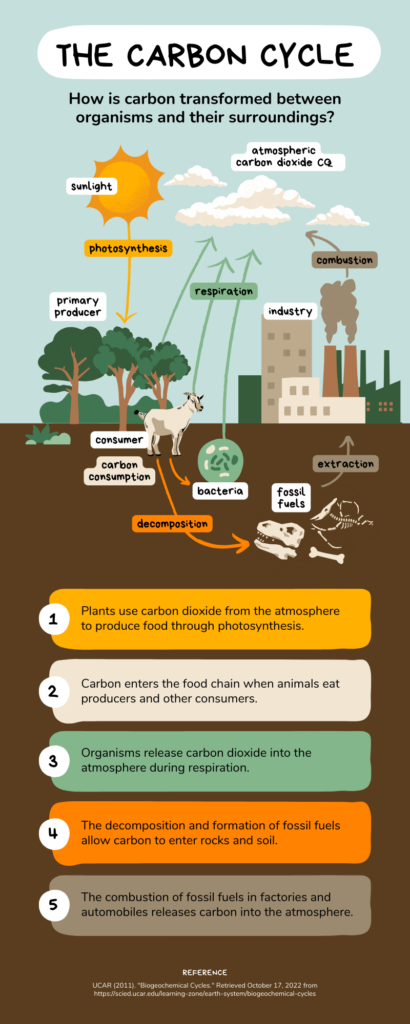In recent years, the global conversation surrounding climate change has intensified. One of the critical metrics in this discussion is carbon emissions. Carbon emissions, primarily from the burning of fossil fuels and deforestation, contribute significantly to the greenhouse effect and global warming. With growing concerns about environmental sustainability, many are curious: Are carbon emissions decreasing?
Understanding Carbon Emissions
Before delving into the question, it’s essential to understand what carbon emissions are and how they impact the environment. Carbon emissions refer to the release of carbon dioxide (CO2) and other greenhouse gases into the atmosphere. These emissions come from various human activities, including industrial processes, transportation, agriculture, and energy production.
Sources of Carbon Emissions
- Fossil Fuel Combustion: Burning coal, oil, and natural gas for energy is a primary source of carbon emissions.
- Transportation: Vehicles burning gasoline and diesel emit significant amounts of carbon dioxide.
- Deforestation: The destruction of forests releases stored carbon into the atmosphere.
- Industrial Processes: Manufacturing, cement production, and other industrial activities contribute to carbon emissions.
Trends in Carbon Emissions
Over the past few decades, there have been efforts to curb carbon emissions and mitigate climate change. These efforts include international agreements, technological advancements, and shifts towards renewable energy sources.
Global Carbon Emission Trends
- Historical Trends: Historically, carbon emissions have been on the rise due to industrialization and increased energy consumption.
- Recent Developments: In recent years, there has been growing awareness of the need to address climate change, leading to efforts to reduce carbon emissions.
- Policy Initiatives: Many countries have implemented policies aimed at reducing carbon emissions, such as carbon pricing, renewable energy incentives, and stricter environmental regulations.
- Technological Innovations: Advancements in renewable energy technologies, such as solar and wind power, have made clean energy more accessible and affordable.
Impact of COVID-19
The COVID-19 pandemic had an unexpected impact on carbon emissions. Lockdowns and travel restrictions led to a temporary decrease in carbon emissions as economic activities slowed down.
Short-Term Reductions
- Decreased Industrial Activity: With factories shut down and businesses closed, industrial carbon emissions saw a sharp decline.
- Reduced Transportation: Travel restrictions and remote work policies led to decreased transportation-related emissions.
- Shift in Energy Usage: The decline in energy demand during the pandemic also contributed to lower carbon emissions.
Long-Term Outlook
While the COVID-19 pandemic resulted in short-term reductions in carbon emissions, the long-term outlook depends on sustained efforts to transition to a low-carbon economy.
Challenges Ahead
- Economic Recovery: As economies recover from the pandemic, there may be pressure to prioritize economic growth over environmental concerns.
- Energy Transition: Transitioning away from fossil fuels towards renewable energy sources requires significant investments and infrastructure changes.
- Global Cooperation: Addressing climate change requires international cooperation and coordination among nations.
Conclusion
In conclusion, the question “Are carbon emissions decreasing?” is complex and multifaceted. While there have been short-term reductions in emissions, largely due to the COVID-19 pandemic, the long-term trajectory depends on sustained efforts to reduce reliance on fossil fuels and transition to renewable energy sources.

FAQs
- Q: What are the main contributors to carbon emissions?
- A: The main contributors to carbon emissions include fossil fuel combustion, transportation, deforestation, and industrial processes.
- Q: How do carbon emissions contribute to climate change?
- A: Carbon emissions trap heat in the Earth’s atmosphere, leading to global warming and climate change.
- Q: Are there any positive trends in carbon emissions reduction?
- A: Yes, there are positive trends, such as the growth of renewable energy and the adoption of cleaner technologies.
- Q: What role do individuals play in reducing carbon emissions?
- A: Individuals can reduce their carbon footprint by conserving energy, using public transportation, and supporting renewable energy initiatives.
- Q: What can governments do to address carbon emissions?
- A: Governments can implement policies such as carbon pricing, invest in renewable energy infrastructure, and promote energy efficiency measures.



